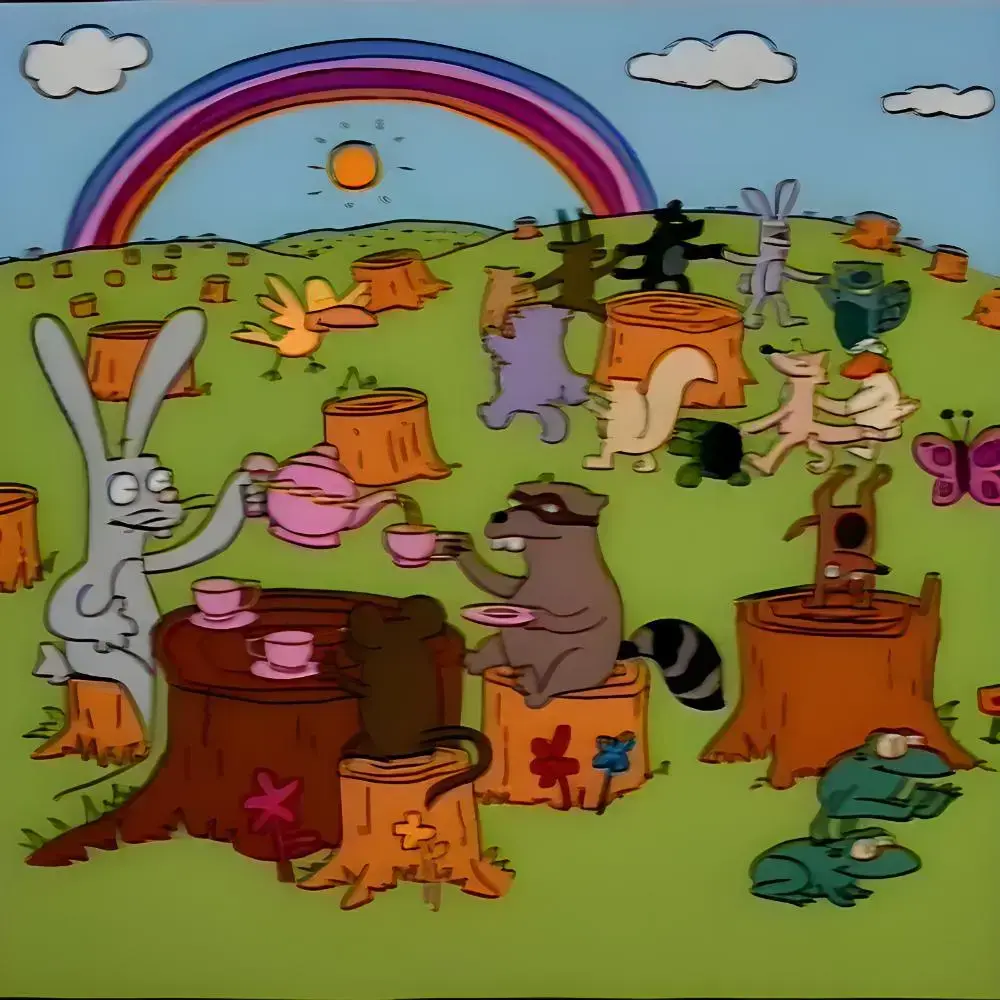The ability to list species of cultural significance is not possible under Australian law.
Last month, Australia marked Threatened Species Day by adding 48 more species to the list threatened with extinction.
As three Indigenous ecologists, we argue this approach of affording species greater protection only when they become threatened, falls short of our cultural obligation to care for Country when applied to species of cultural significance.
Waiting for these species to decline in order to show them care represents a failure to uphold lore.
Humpback numbers are recovering after industrial whaling of the species ended in 1963.
If we allocate funding and research based only on whether a species is threatened or not, we risk losing the tangible and intangible elements of cultural heritage and the First Nations knowledge of a species.
Another step is to realign policy and practice to make possible traditional management of culturally significant species.



Unless you can point to an animal that destruction is actively supported by aboriginal people on the basis of culture, this is a straw man argument.
That’s not how this works champ.
If a house is on fire and I run in only to save the dog because I value it and don’t bother about the cat, that is not me actively supporting it’s destruction but the end result is the same.
If you tell the firefighter to start saving dogs because you love them and they institute a policy of saving all animals in response everyone wins, regardless of motivation. You can do both, this isn’t a zero sum game.